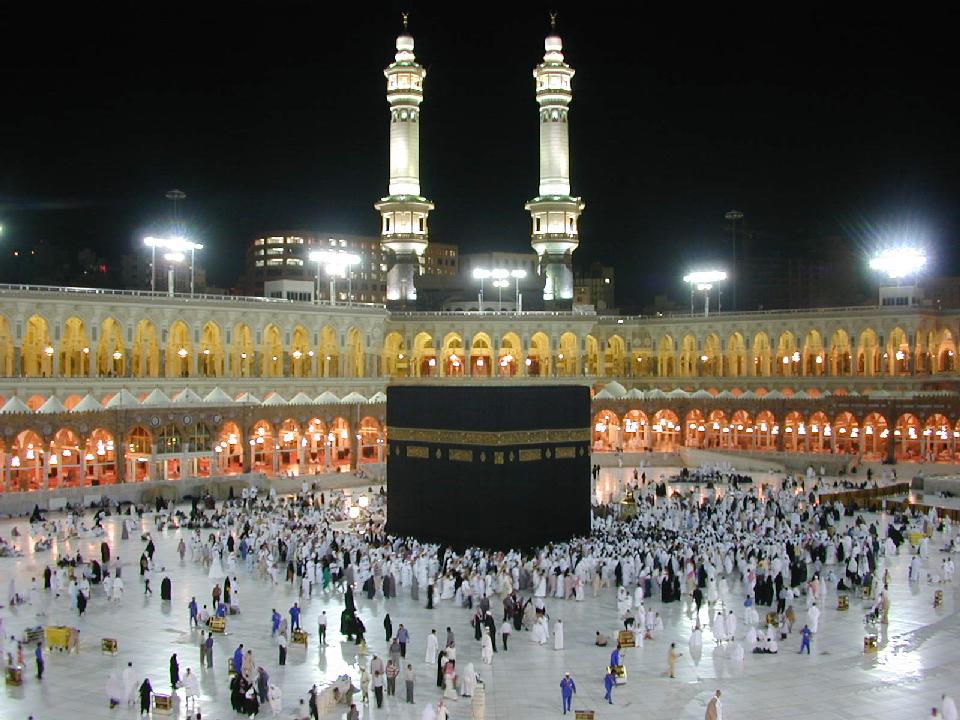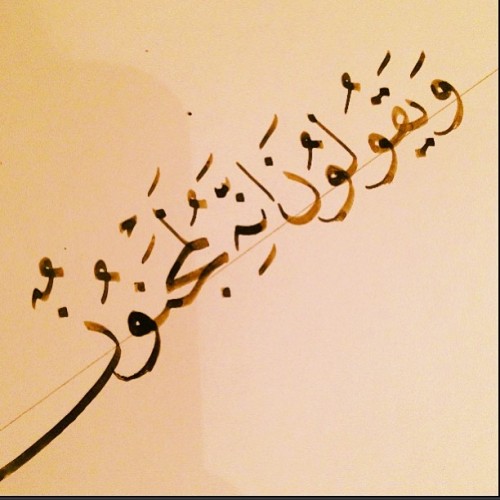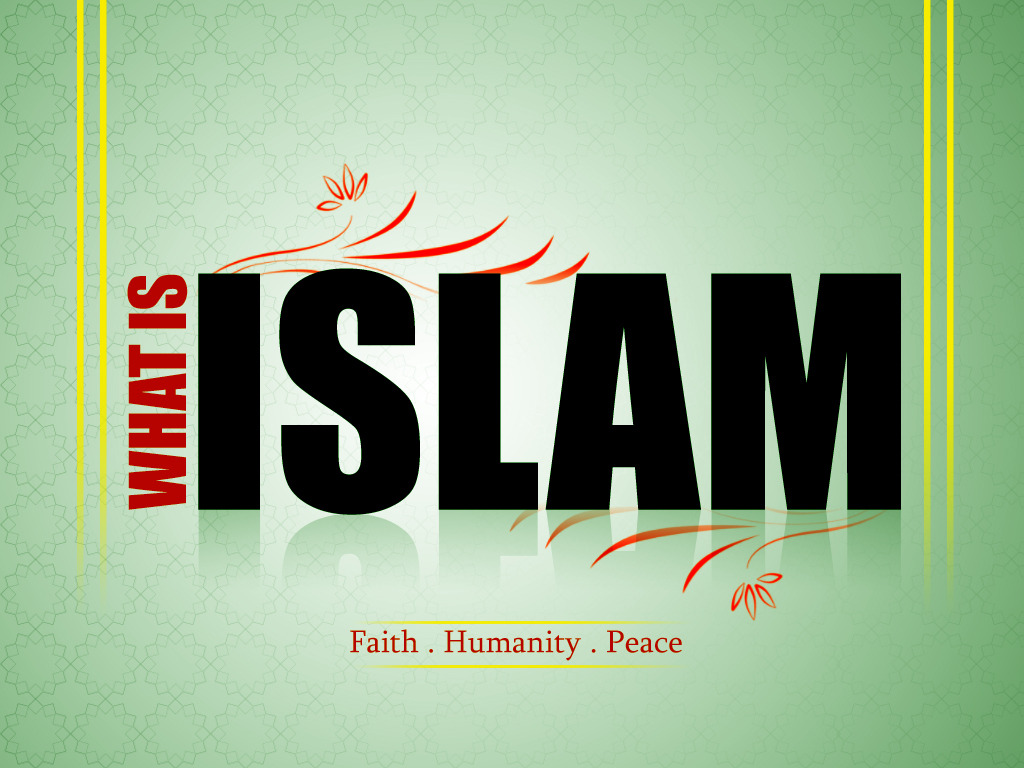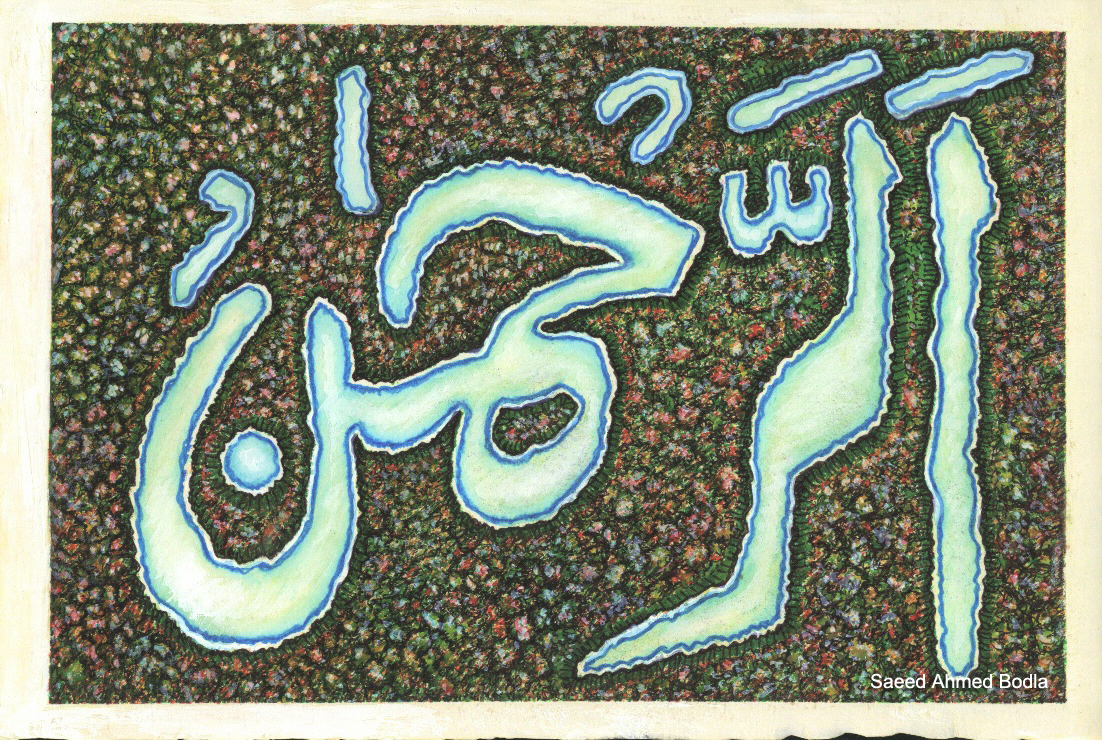Islam Biography
Source:- Google.com.pkSince the time of Hazrat Ibraheem (A.S.), Makkah was known as the 'City of Peace'. The Ka'bah, known as Baitullah (House of Allah) was built by Hazrat Ibra'heem (A.S.) and his elder son Hazrat Isma'eel (A.S.) They established the rites and usage of the sacred city and the Ka'bah.
The Ka'bah was the center of Arabia where the various tribes, chiefs, individuals and others met for trade, socialising, circumambulation (Tawaaf), religion and other business. It was a neutral meeting place for the warring tribes where they laid down their arms annually for the 'pilgrimage'. It was the duty of everyone to maintain the Ka'bah and care for the black stone (Hajre-Aswad) Which was in the Ka'bah.
During the islamic era, it was stated in a Hadith that Hazrat Ibn-Abbas reported that Rasulullah (peace and blessing be upon him) had said : 'The Hajre Aswad had descended from Jannah (Paradise), having being whiter than milk. The sins of man caused it to be become black'.
Once the Ka'bah caught alight and it was very badly damaged. The Quraish decided to rebuild it. Waleed-bin-Mugheera started the project. The people of Makkah bought a wrecked ship on the shores of Jeddah, and, using camels, carted its timber to Makkah to use for the roof of the Ka'bah.
Then came the touchy issue of re-placing the Black stone (Hajre-Aswad) in its original place. Each leader of his tribe wanted the honour to do this sacred task. Daggers were drawn and chaos would have been widespread but, a wise old man Abu Ummayyah-bin-Mugheera made a suggestion that the first person seen entering the Ka'bah should be asked to decide the issue. Incidentally, the first person to enter the Ka'bah in the morning was Rasulullah (peace and blessing be upon him). A pleased shout of 'Al Ameen!' filled the Ka'bah as the people of Makkah had full confidence in his piety, justice and arbitration. Rasulullah (peace and blessing be upon him) was not at all nervous at this task of settling a serious dispute of a warring nation. He ordered a sheet and spread it on the floor and put the Black Stone (Hajre Aswad) on it. He then asked each leader of the various tribes to hold the edges of the sheet and pick it up. When the sheet was level to the height where the Hajre Aswad was to be placed, Rasulullah (peace and blessing be upon him) picked up the Black Stone with his own hands and placed it in its corner.
The diplomatic manner in which this dangerous situation was handled by Rasulullah (peace and blessing be upon him) was acclaimed by all in Makkah. A major disaster was averted and it was an accepted fact that had there been no solution found, the war which would have been sparked off would have been one of the bloodiest and disastrous of all the wars that had been fought during the barbaric and illiterate age. At the time of this incident, Rasulullah (peace and blessing be upon him) was twenty three years old.
One day Abu Jahl, a sworn enemy of islam, attacked Rasulullah (peace and blessing be upon him) while he was resting near the foot-hills of Safaa. His verbal abuse could not move the determined Rasulullah (peace and blessing be upon him) so Abu Jahl hurled a stone and wounded him on his head. Rasulullah (peace and blessing be upon him) went home bleeding profusely.
Hazrat Hamza (R.A.) who was the foster brother and uncle of Rasulullah (peace and blessing be upon him) had just returned after one of his daily hunting trips in the morning. He was considered one of the bravest and fiery soldiers of Arabia. After his hunt, as was his habit, he went to the Ka'bah for his circumambulation (Tawaaf). When he heard what Abu jahl had done to Rasulullah (peace and blessing be upon him) he became so angry that he attacked Abu jahl and made him bleed from his head. Although Hazrat Hamza (R.A.) had as yet not embraced islam, he nevertheless loved his nephew Rasulullah (peace and blessing be upon him) very dearly. On reporting to Rasulullah (peace and blessing be upon him) of his revenge against Abu jahl, Rasulullah (peace and blessing be upon him) said although he was very grateful for the kind thoughts he had for him, he would feel very happy indeed if Hazrat Hamzah (R.A.) accepted islam. On hearing this, Hazrat Hamzah (R.A.) immediately became a Muslim.
Hazrat Umar (R.A.) was considered a brave, robust personality of Makkah. He was so temperamental that the people of Makkah would avoid clashing with him in any way. He was one of the Quraish who persecuted the Muslims and was incited in this direction to such an extent that one day. he decided once and for all to assassinate Rasulullah (peace and blessing be upon him). Abu jahl promised Hazrat Umar (R.A.) a gift of a hundred camels and one thousand silver coins.
On his way to Darul-Arqam with an unsheathed sword, he met Nuaym-bin-Abdullah, who on hearing Hazrat Umar (R.A.)'s intention replied that Hazrat Umar (R.A.) 'should first put his own house in order'. His sister Hazrat Fathima (R.A.) and her husband Hazrat Saeed-bin-Zayd (R.A.) had already embraced Islam.
This rebellion by his own family infuriated Hazrat Umar (R.A.) that he turned towards his sister's house and on hearing them recite the Quraan, he beat his sister and her husband so severely that they collapsed. They told him that they would rather prefer death than give up Islam. At their unshaken attitude, Hazrat Umar (R.A.) calmed down and asked to hear what they were reading. When he heard the recital of the Quraan, he decided to become a Muslim.
With the unsheathed sword still in his hand, he turned towards Darul-Arqaam. On arriving at the house of Hazrat Arqaam (R.A.) Rasulullah (peace and blessing be upon him) enquired about Hazrat Umar (R.A.)'s intention, while Hazrat Hamzah (R.A.) and other companions stood warily to meet any ill-intended move by Hazrat Umar (R.A.). But when they heard that he had come to Rasulullah (peace and blessing be upon him) to accept Islam, they were so overwhelmed and overjoyed that their cry of 'Allah is Great' echoed throughout the valleys and mountains of Safaa. This was the sixth year of Nubuwwat.
Islam Islamic Art Calligraphy And Architecture Designs Patterns Wallpapers Desktop Wallpapers Hd Calligraphy Wallpapers Calligraphy Canvas Wallpapers Canvas

Islam Islamic Art Calligraphy And Architecture Designs Patterns Wallpapers Desktop Wallpapers Hd Calligraphy Wallpapers Calligraphy Canvas Wallpapers Canvas

Islam Islamic Art Calligraphy And Architecture Designs Patterns Wallpapers Desktop Wallpapers Hd Calligraphy Wallpapers Calligraphy Canvas Wallpapers Canvas

Islam Islamic Art Calligraphy And Architecture Designs Patterns Wallpapers Desktop Wallpapers Hd Calligraphy Wallpapers Calligraphy Canvas Wallpapers Canvas

Islam Islamic Art Calligraphy And Architecture Designs Patterns Wallpapers Desktop Wallpapers Hd Calligraphy Wallpapers Calligraphy Canvas Wallpapers Canvas

Islam Islamic Art Calligraphy And Architecture Designs Patterns Wallpapers Desktop Wallpapers Hd Calligraphy Wallpapers Calligraphy Canvas Wallpapers Canvas

Islam Islamic Art Calligraphy And Architecture Designs Patterns Wallpapers Desktop Wallpapers Hd Calligraphy Wallpapers Calligraphy Canvas Wallpapers Canvas

Islam Islamic Art Calligraphy And Architecture Designs Patterns Wallpapers Desktop Wallpapers Hd Calligraphy Wallpapers Calligraphy Canvas Wallpapers Canvas
Islam Islamic Art Calligraphy And Architecture Designs Patterns Wallpapers Desktop Wallpapers Hd Calligraphy Wallpapers Calligraphy Canvas Wallpapers Canvas

Islam Islamic Art Calligraphy And Architecture Designs Patterns Wallpapers Desktop Wallpapers Hd Calligraphy Wallpapers Calligraphy Canvas Wallpapers Canvas

Islam Islamic Art Calligraphy And Architecture Designs Patterns Wallpapers Desktop Wallpapers Hd Calligraphy Wallpapers Calligraphy Canvas Wallpapers Canvas

Islam Islamic Art Calligraphy And Architecture Designs Patterns Wallpapers Desktop Wallpapers Hd Calligraphy Wallpapers Calligraphy Canvas Wallpapers Canvas

Islam Islamic Art Calligraphy And Architecture Designs Patterns Wallpapers Desktop Wallpapers Hd Calligraphy Wallpapers Calligraphy Canvas Wallpapers Canvas

Islam Islamic Art Calligraphy And Architecture Designs Patterns Wallpapers Desktop Wallpapers Hd Calligraphy Wallpapers Calligraphy Canvas Wallpapers Canvas

Islam Islamic Art Calligraphy And Architecture Designs Patterns Wallpapers Desktop Wallpapers Hd Calligraphy Wallpapers Calligraphy Canvas Wallpapers Canvas

Islam Islamic Art Calligraphy And Architecture Designs Patterns Wallpapers Desktop Wallpapers Hd Calligraphy Wallpapers Calligraphy Canvas Wallpapers Canvas

Hi.
ReplyDeleteGreat post, very inspiring images.
I will use some of the on my PowerPoint projects.
I would like to recommend you a relatively new website: https://mirapic.com/
Also take a look at an example here: https://mirapic.com/ariana-grande-wallpaper/
You might want to use these wallpapers.
Good luck and keep up the good work.